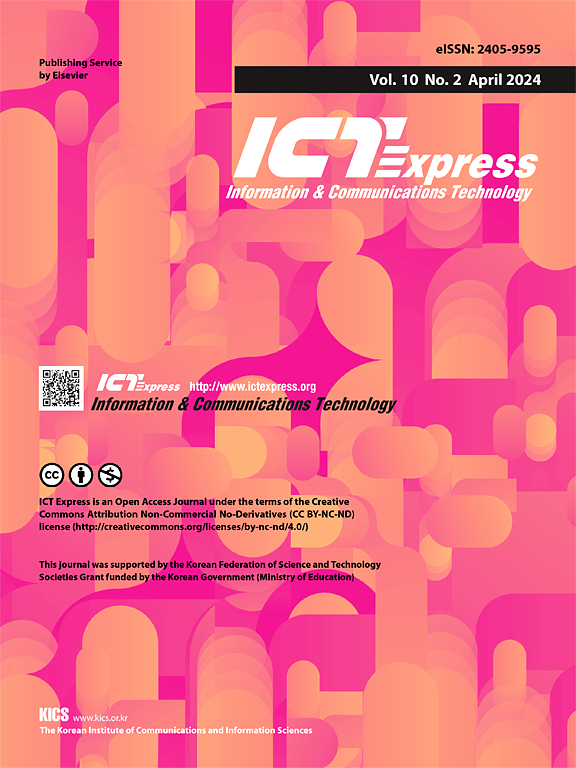用于下一代无线接入网的光无线通信
IF 4.2
3区 计算机科学
Q1 COMPUTER SCIENCE, INFORMATION SYSTEMS
引用次数: 0
摘要
自由空间光无线通信(FSO-WC)提供的高速和高带宽能力改进了通信技术,提高了信道安全性。凭借其高载波频率、宽带宽和免授权频谱的使用,FSO已被研究下一代无线通信创新的研究人员确定为提供超高速数据链路的有前途的方式,以满足各种6G应用(如蜂窝无线回程和异构网络)中对大规模连接和高数据速率日益增长的需求。然而,大气湍流、吸收和散射等问题会提高系统的误码率(BER)和符号误码率(SER),对系统的性能产生重大影响。为了解决这些问题,本文着眼于深度神经网络(DNN)模型,特别是多层感知器(MLP)和卷积神经网络(CNN)。我们在开放无线接入网(O-RAN)的背景下实验了基于dnn的均衡器,其目的是最小化SER和BER。根据调查,cnn比mlp使用更多的处理资源,尽管提供了更好的减少错误。我们的研究表明,在分布式单元(du)和无线单元(ru)之间的高数据速率前端传输中可以采用FSO。本文章由计算机程序翻译,如有差异,请以英文原文为准。
Optical wireless communications for next-generation radio access networks
High-speed and high-bandwidth capabilities provided by free space optical wireless communication (FSO-WC) improve communication technologies with better channel security. With its high carrier frequency, wide bandwidth, and use of unlicensed spectrum, FSO has been identified by researchers looking into innovations in next-generation wireless communications as a promising way to deliver ultrafast data links to meet the growing demands for massive connectivity and high data rates in a variety of 6G applications, such as cellular wireless backhauls and heterogeneous networks. However, issues like atmospheric turbulence, absorption, and scattering have a major impact on the system’s performance by raising the bit error rate (BER) and symbol error rate (SER). In order to tackle these problems, this paper looks at Deep Neural Network (DNN) models, particularly Multi-Layer Perceptrons (MLP) and Convolutional Neural Networks (CNN). We experiment DNN-based equalizer in context of Open Radio Access Network (O-RAN), which aims to minimize SER and BER. According to the investigation, CNNs use more processing resources than MLPs, although offering superior error reduction. Our investigation shows that FSO can be adopted in high data rate front haul between the distributed units (DUs) and radio units (RUs).
求助全文
通过发布文献求助,成功后即可免费获取论文全文。
去求助
来源期刊

ICT Express
Multiple-
CiteScore
10.20
自引率
1.90%
发文量
167
审稿时长
35 weeks
期刊介绍:
The ICT Express journal published by the Korean Institute of Communications and Information Sciences (KICS) is an international, peer-reviewed research publication covering all aspects of information and communication technology. The journal aims to publish research that helps advance the theoretical and practical understanding of ICT convergence, platform technologies, communication networks, and device technologies. The technology advancement in information and communication technology (ICT) sector enables portable devices to be always connected while supporting high data rate, resulting in the recent popularity of smartphones that have a considerable impact in economic and social development.
 求助内容:
求助内容: 应助结果提醒方式:
应助结果提醒方式:


